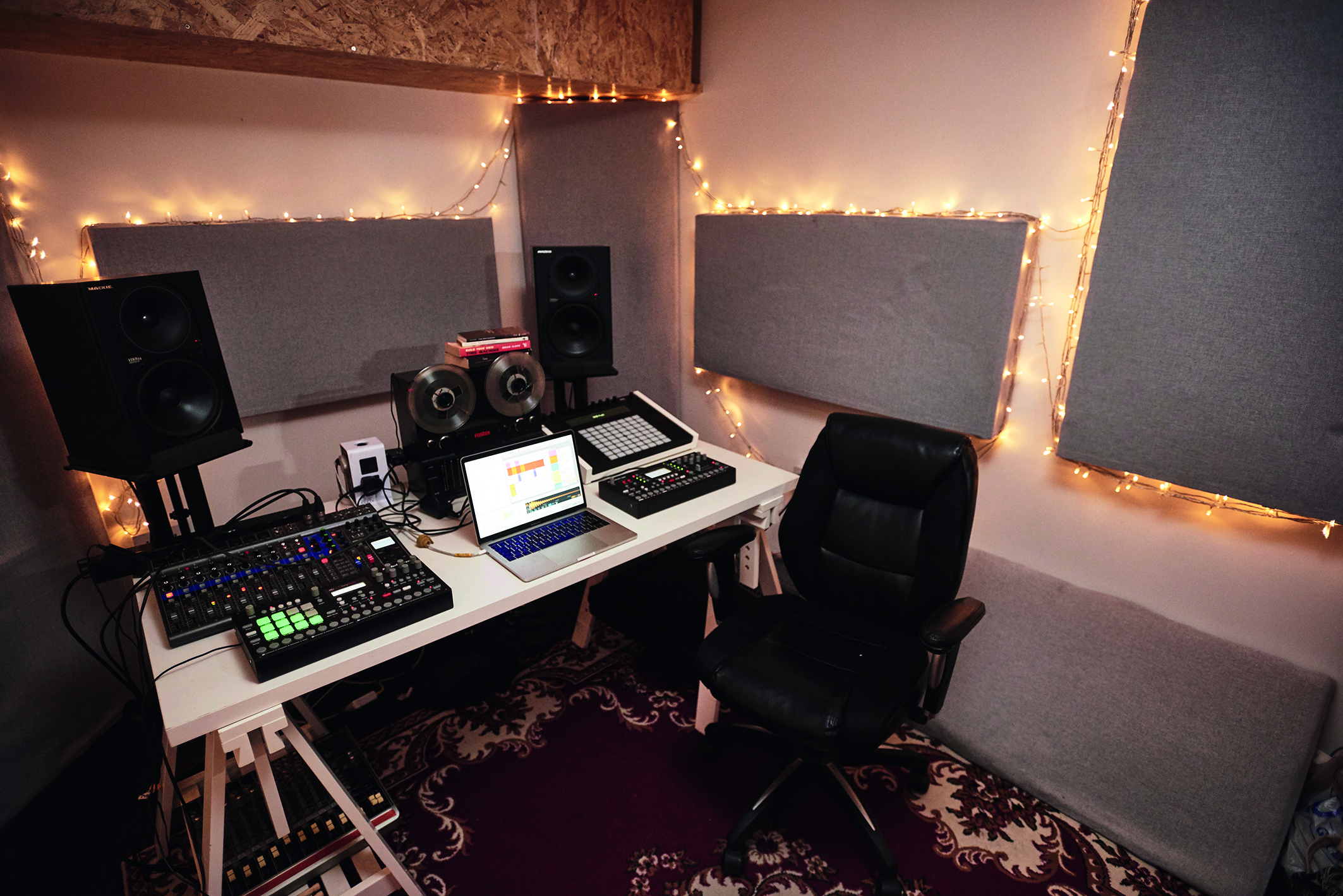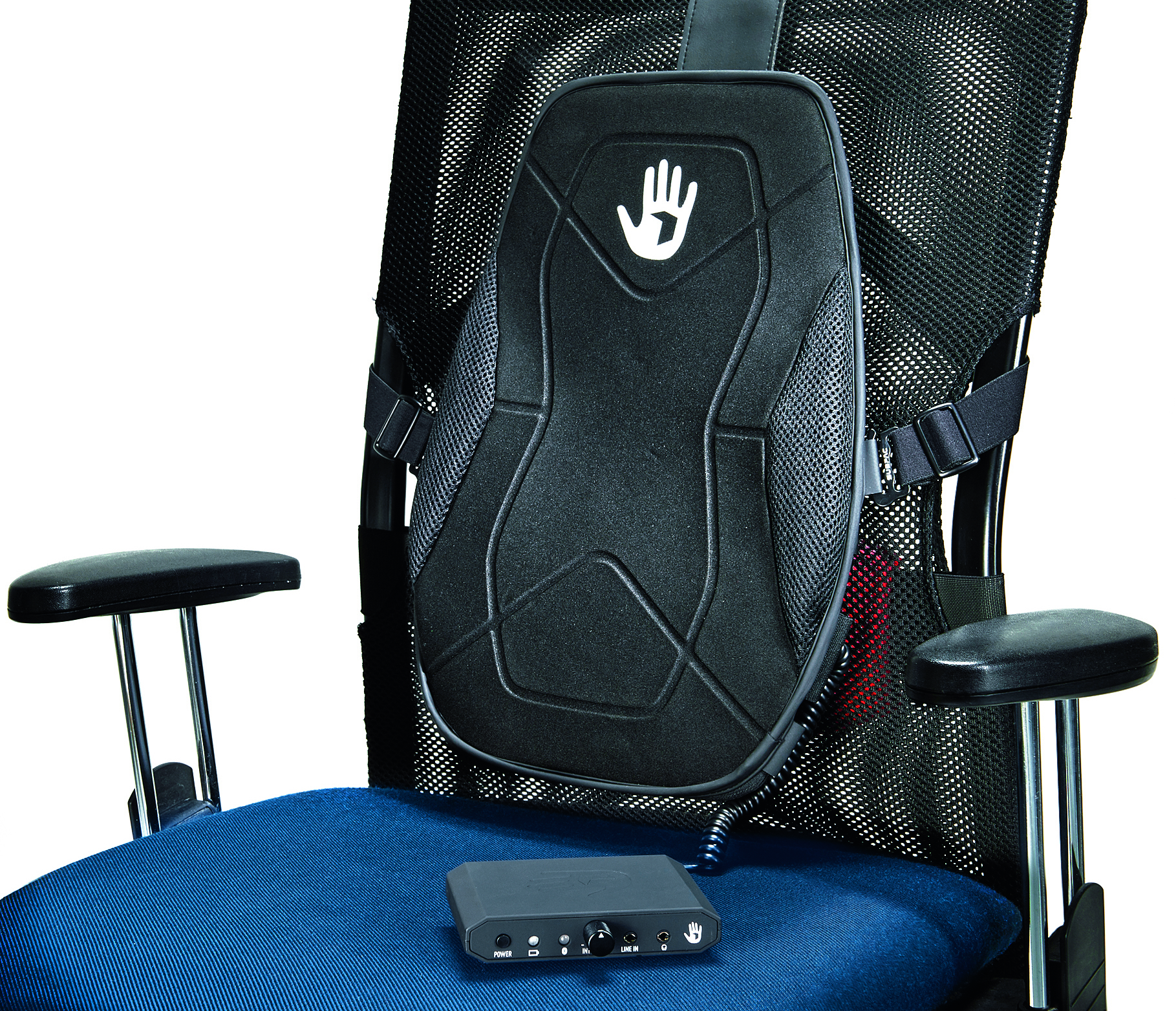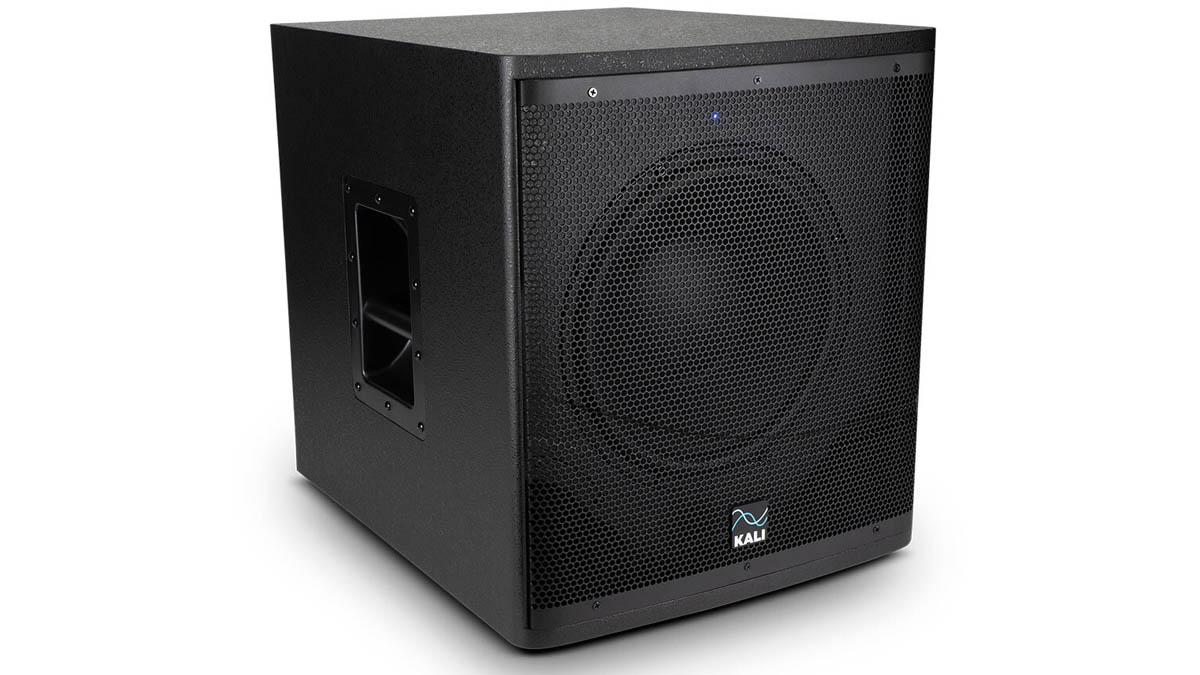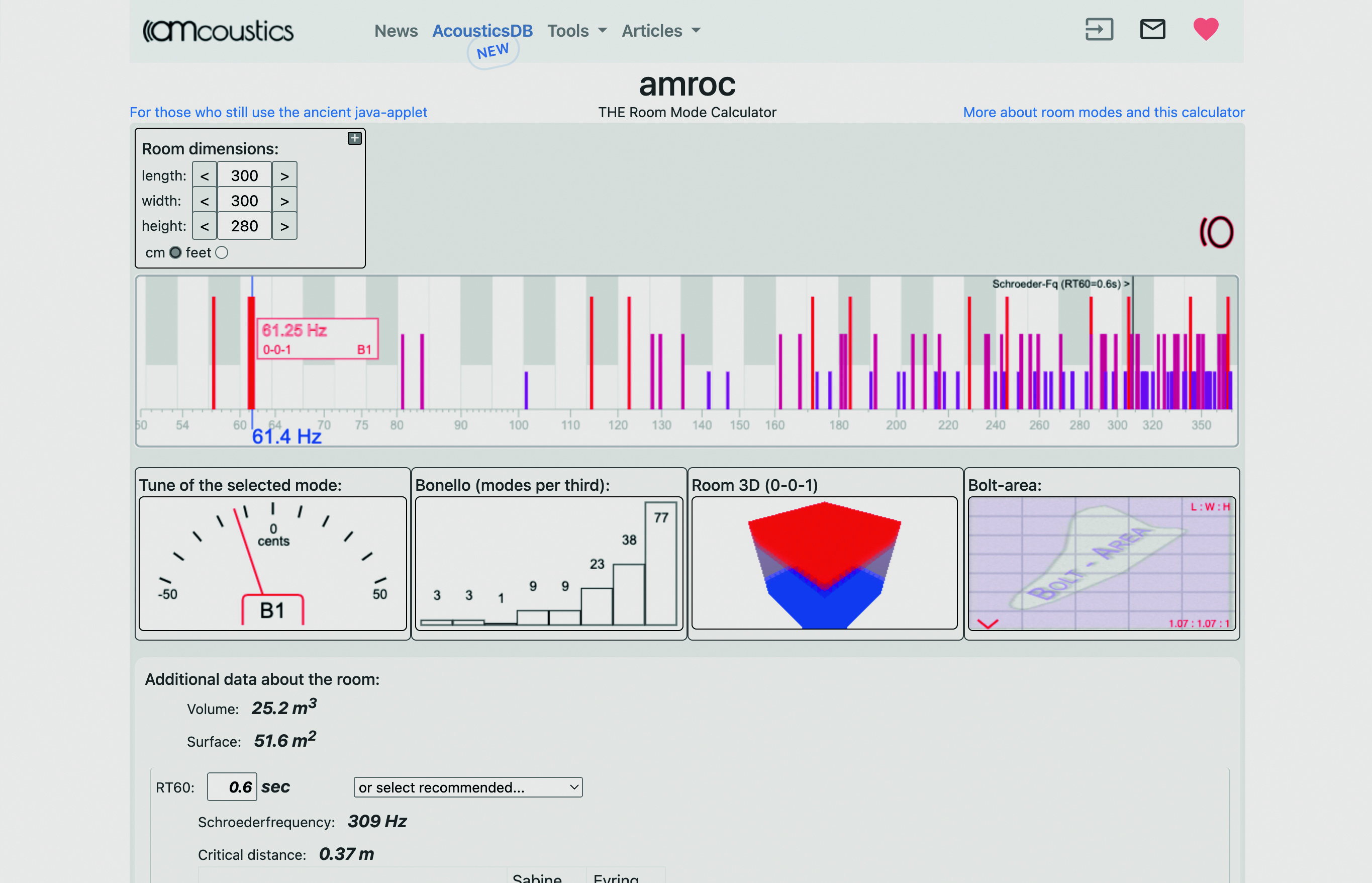The ultimate guide to sub bass: tips and tricks for a high-class low-end
When it comes to music designed for a powerful sound system, nailing your sub can be what makes or breaks your track
How to monitor sub bass in a home studio setup
If you want to actually hear and feel sub bass frequencies then you’ll need devices capable of reproducing those frequencies. When evaluating monitors we often focus on the mid range articulation, bass punch and top end delivery, with sub bass coming way down the list of importance.
However, even nearfield monitors can produce useful amounts of very low frequencies, particularly if they use ported designs. If you’re not sure what yours are capable of, load up an oscillator plugin in your DAW and gradually sweep it downwards from about 80Hz. The level eventually decreases until you can’t hear it at all. If you’re lucky this will be around 40Hz, but it could be much higher.

Armed with this information you can then decide how to extend your sub bass monitoring. For example, you could simply get bigger monitors. However, these take up more space and need a good sized room to be practical. A simpler and more affordable option is a sub bass unit, which you use in conjunction with your nearfields.
This is a bit like a home cinema configuration. When setting this up you’ll need to decide on a crossover frequency with your nearfields, and this can take some fine-tuning. What’s more, you’ll also need a method to switch the sub bass on and off whilst the nearfields continue to work. Some sub bass units include a handy footswitch, but it can also be useful listening to the sub bass on its own. If your switching can achieve this, even better.

One sub bass monitoring option that’s gained considerable traction is a contact device called SubPac. Capable of delivering frequencies from 1Hz-200Hz this harness-based device is not only pretty silent, but can be used in conjunction with speakers and headphones, so is arguably the most flexible option. Although headphones can be hard to mix on, they do often provide much lower frequency response than nearfields, so can form a very handy reference device to help you hear the lowest frequencies in your mix.

The beginners guide to sub-bass: how to program a basic sound
Next, look at the bass performance of your space. Low bass frequencies carry a lot of energy and controlling and dissipating that energy can be tricky. The combination of transmission through walls, ceiling and particularly the floor (which monitors will usually be connected to) combined with the build up and cancellation of reflections within your space can spell double trouble.
Enter the dimensions of your room into a room mode analyser such as amroc. This will tell you which frequencies could cause peaks and troughs and hence unrepresentative loud and quiet frequencies. Its 3D display can also help you locate the pressure zones for those frequencies, and it is wise to position your sub bass unit away from these pressure zones.
Get the MusicRadar Newsletter
Want all the hottest music and gear news, reviews, deals, features and more, direct to your inbox? Sign up here.

Additionally, try analysing the room. There are many mic and software packages available to do this. Acoustic treatment is a good way to even out the response of your room and for sub bass you need bass traps. These need to be quite deep (20cm or more) and work best when spanning room corners.

Finally, the humble frequency analyser plugin can be a lifesaver when dealing with sub bass. At the very least, use these on bass heavy individual tracks or the whole mix to see what’s going. But also look at the frequency balance of reference tracks that sound really good, looking at the balance of sub frequencies, how they tail off and how their levels relate to other aspects of the mix.
So, the best approach is a multifaceted one. Understand your equipment’s capabilities, and use as many visual and aural tools as possible to fine-tune your decision making, then you should be much better placed to deliver a tight and well-balanced low end.
Current page: Monitoring sub bass
Prev Page The ultimate guide to sub bass Next Page Mixing sub bass

Future Music is the number one magazine for today's producers. Packed with technique and technology we'll help you make great new music. All-access artist interviews, in-depth gear reviews, essential production tutorials and much more. Every marvellous monthly edition features reliable reviews of the latest and greatest hardware and software technology and techniques, unparalleled advice, in-depth interviews, sensational free samples and so much more to improve the experience and outcome of your music-making.
“The included sample content is not only unique but sonically amazing, as it always was”: Spitfire Audio BBC Radiophonic Workshop review
“We were able to fire up a bass sound that was indistinguishable from the flavour of New Order’s Blue Monday in seconds”: EastWest Sounds Iconic review










